
AeroGenie - مساعد الطيار الذكي الخاص بك.
الرائج الآن
Categories
Why The McDonnell Douglas MD-11’s Main Landing Gear Needs 12 Tires
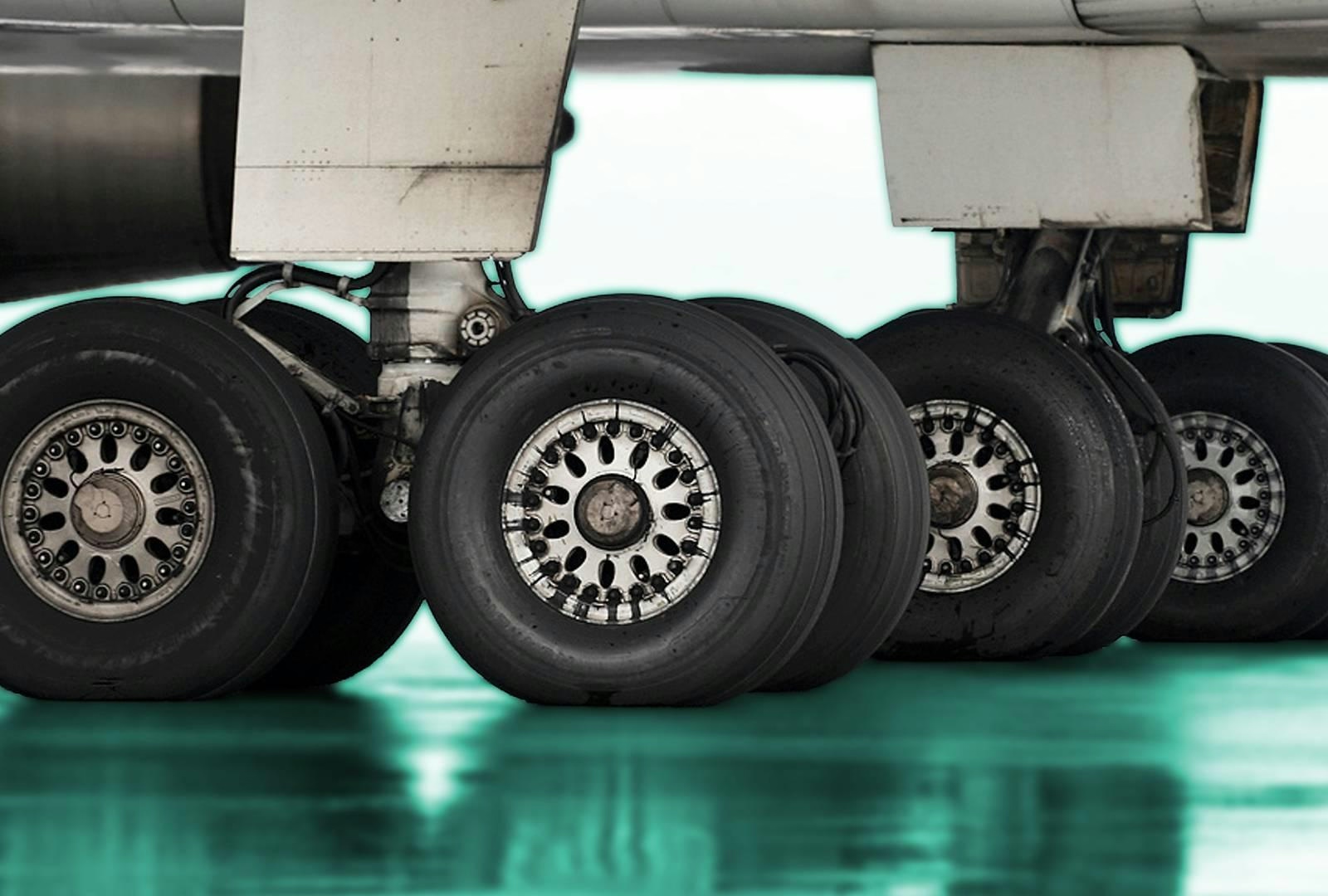
Why The McDonnell Douglas MD-11’s Main Landing Gear Needs 12 Tires
The introduction of the Boeing 747 in the late 1960s marked a pivotal moment in commercial aviation, inaugurating the era of widebody aircraft that revolutionized global air travel with enhanced payload capacity and extended range. Alongside the 747, aircraft such as the McDonnell Douglas DC-10 and Lockheed L-1011 played crucial roles in enabling airlines to transport greater numbers of passengers and larger volumes of cargo over longer distances. These developments fundamentally reshaped international connectivity and altered the economic landscape of both passenger and freight air operations.
By the 1980s, intensifying competition in the widebody market prompted McDonnell Douglas to develop the MD-11, an advanced evolution of the DC-10. Entering service in 1990, the MD-11 incorporated significant aerodynamic refinements, state-of-the-art avionics, more efficient engines, and an extended operational range. Although its tenure as a commercial passenger aircraft was relatively short-lived, the MD-11 established itself as a reliable and capable workhorse within the global air cargo sector, prized for its capacity and dependability.
A Unique Landing Gear Design
A defining engineering characteristic of the MD-11 is its main landing gear configuration, which employs a total of 12 tires. This design was essential to accommodate the aircraft’s increased maximum takeoff weight and to ensure the distribution of its substantial load across airport runways and taxiways in a manner that minimizes surface stress. The trijet’s landing gear arrangement not only enhances operational safety during critical phases of takeoff and landing but also mitigates wear and tear on airport infrastructure, a vital consideration for a heavy, long-range freighter operating in diverse environments.
Development and Service History
The MD-11’s development began in the mid-1970s as McDonnell Douglas sought to build upon the success of the DC-10 amid declining sales and an aging fleet. After several pauses in development, the company officially launched the MD-11 program in December 1986. The aircraft quickly garnered orders from prominent international airlines including Swissair, Korean Air, Thai Airways, and Alitalia, as well as from major cargo operators such as FedEx Express.
Designed and engineered at McDonnell Douglas’s Long Beach, California facility, the MD-11 retained the DC-10’s distinctive trijet layout but incorporated extensive aerodynamic enhancements and upgraded systems. The first MD-11 was unveiled in September 1989, with its maiden flight occurring in January 1990. Initial deliveries included cargo variants tailored for FedEx, featuring large side cargo doors to facilitate freight operations. The aircraft received Federal Aviation Administration (FAA) type certification in November 1990, followed by European certification in October 1991.
Recent Developments and Industry Impact
Despite production ceasing in 1998 after just 200 units were built, the MD-11 continues to serve as a vital asset for major cargo carriers worldwide. However, the aircraft’s operational future has recently come under scrutiny following a crash in Louisville. In response, both UPS and FedEx have temporarily grounded their MD-11 fleets as a precautionary measure. These aircraft constitute approximately 9% of UPS’s air fleet and 4% of FedEx’s, highlighting their significant role within global logistics networks that support major retailers and businesses.
The grounding, prompted by safety concerns and the necessity for thorough inspections, may have far-reaching consequences for the air cargo industry. As the sector awaits the results of these investigations, the MD-11’s enduring legacy as a dependable freighter—and its distinctive 12-tire main landing gear configuration—remains a focal point of discussion within aviation circles.

Latvian aircraft leasing company with Malta office ceases operations
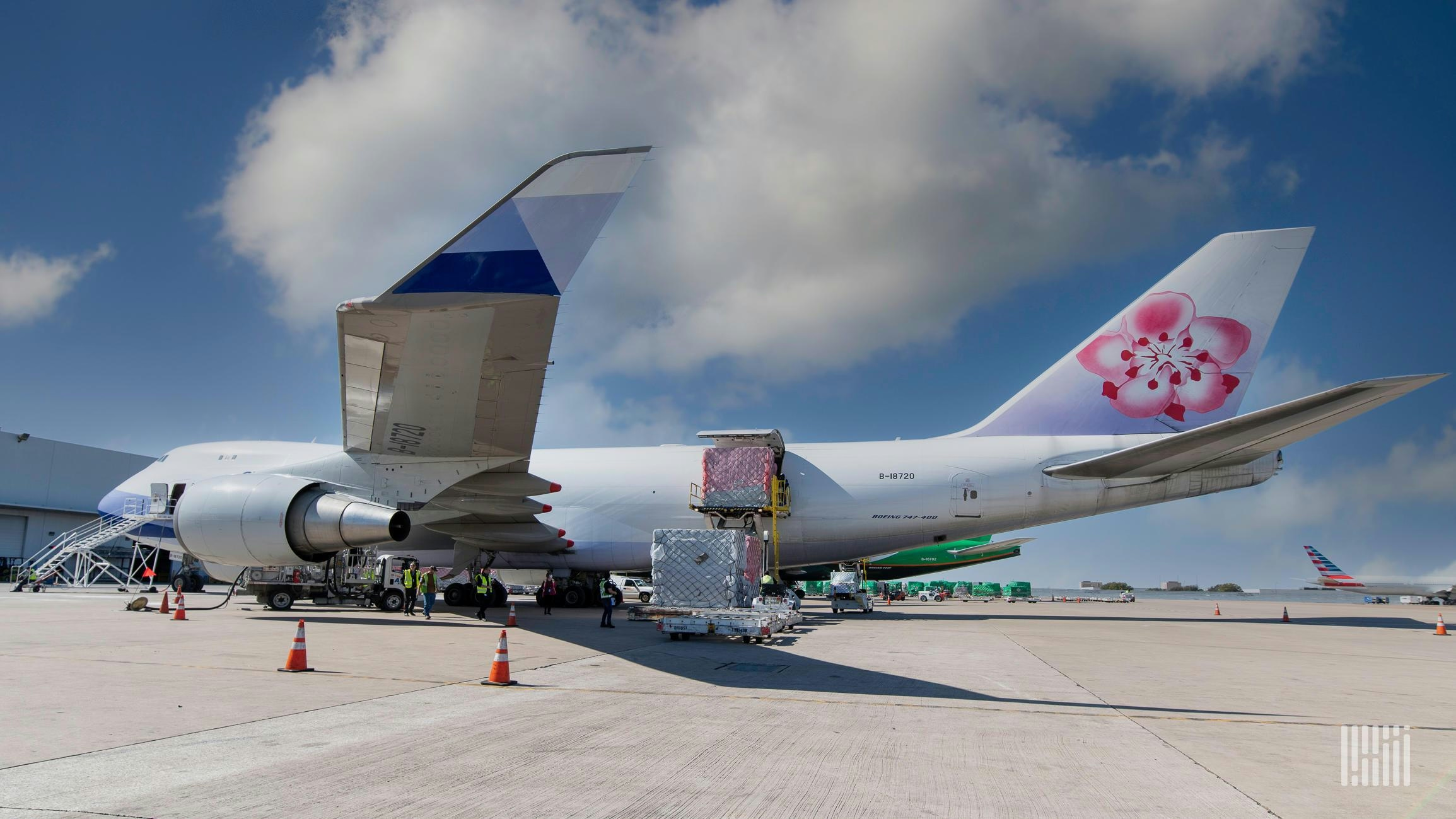
China Airlines Approves New Widebody Aircraft and Plans to Retire 747-400Fs
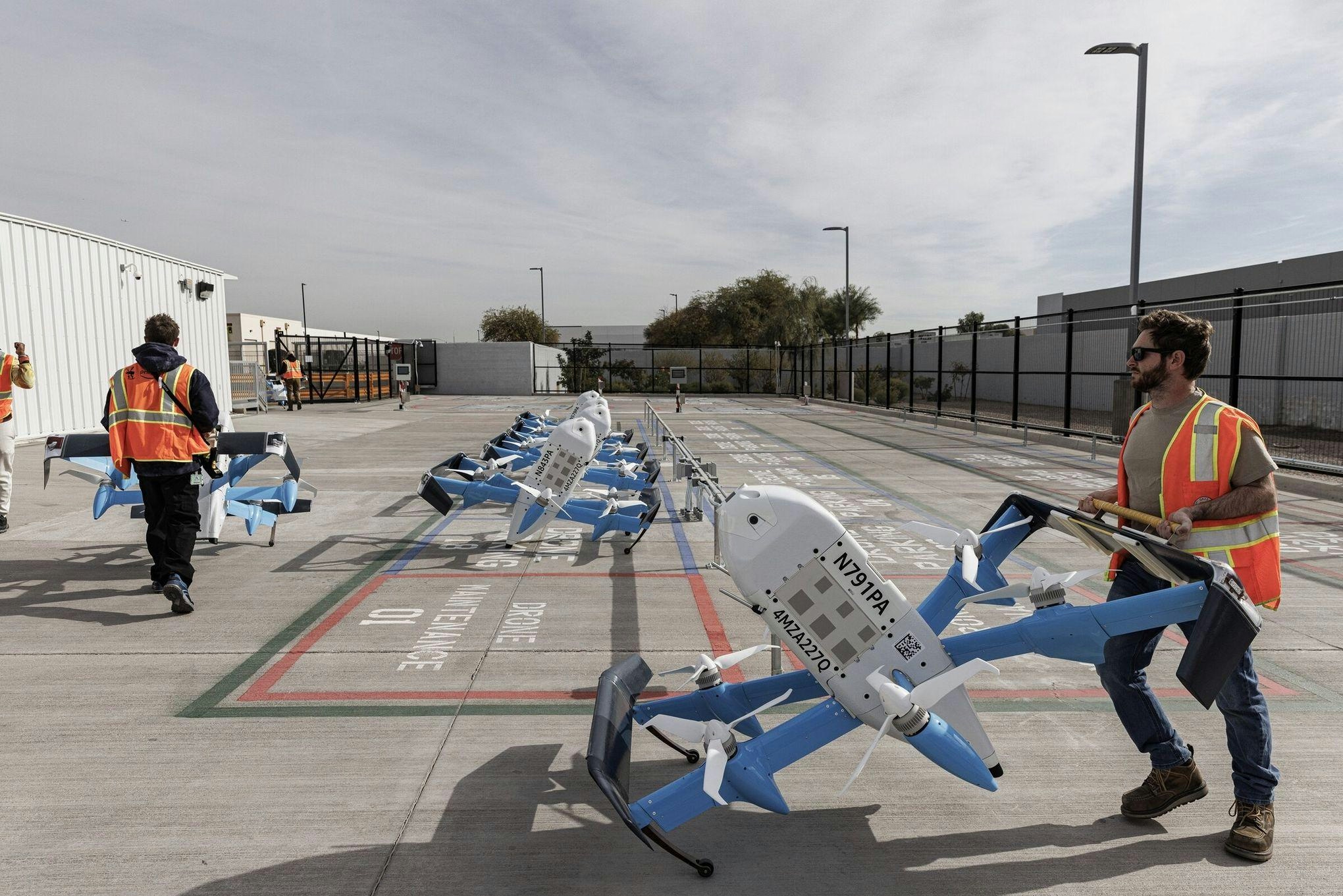
NTSB Declines to Investigate Amazon Drone Incident in Texas
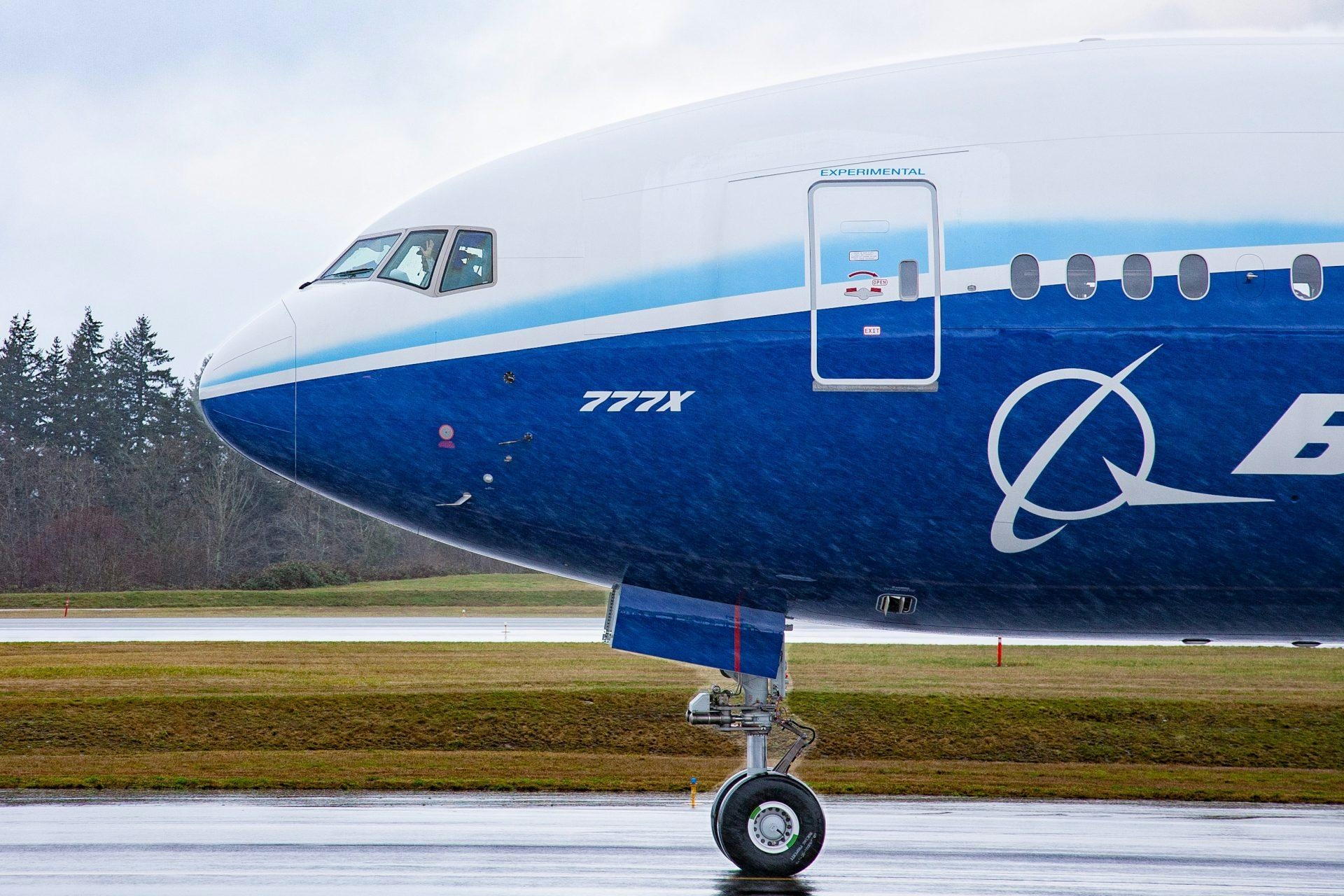
Boeing Confirms 777X Deliveries Will Not Prioritize Oldest Planes

Riyadh Air Show Highlights Emerging Aviation Technologies
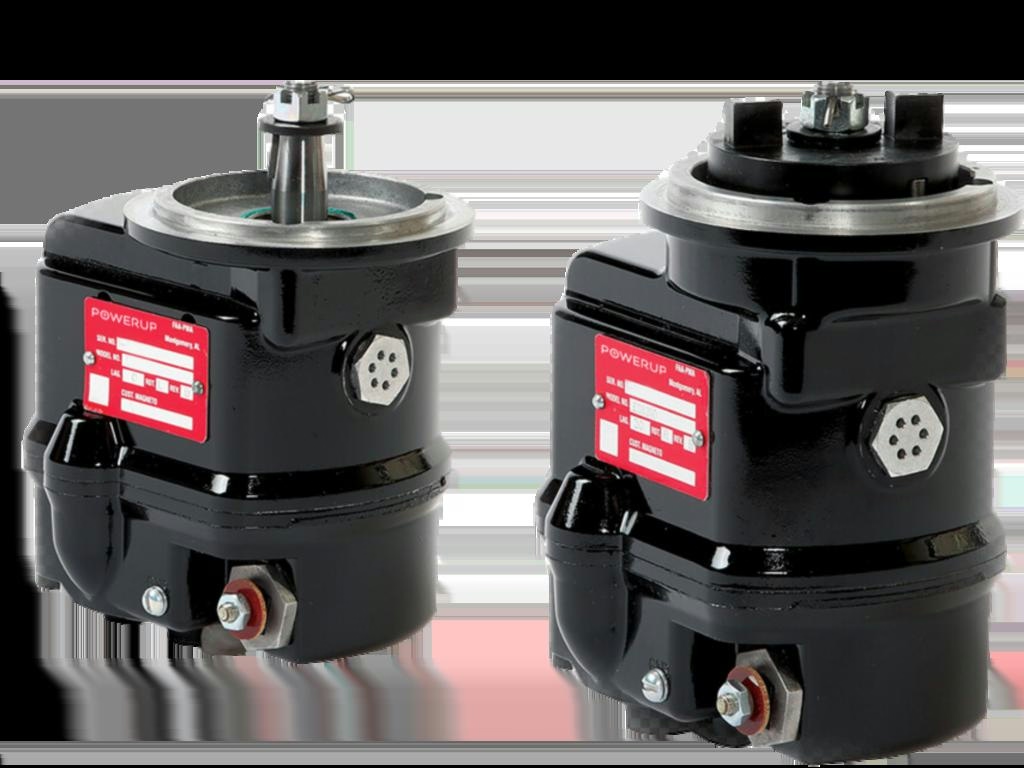
Hartzell Engine Tech Obtains FAA Approval for PowerUp S-1200 Magnetos
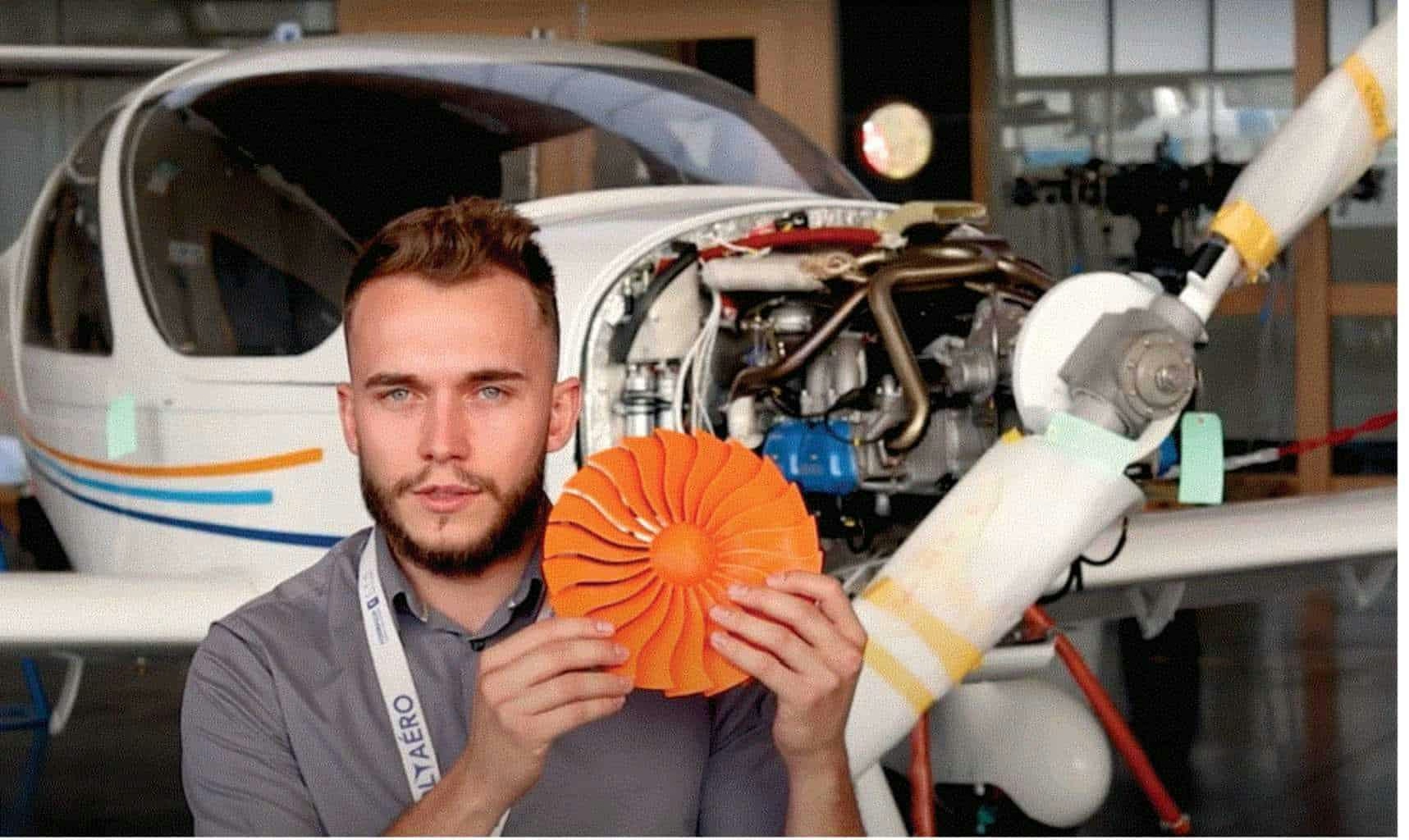
3D-Printed Materials Enhance Efficiency in Aircraft Maintenance

EHang Conducts First Pilotless Urban eVTOL Flight in Bangkok

ACI World and Amadeus reveal the world’s most innovative airports
